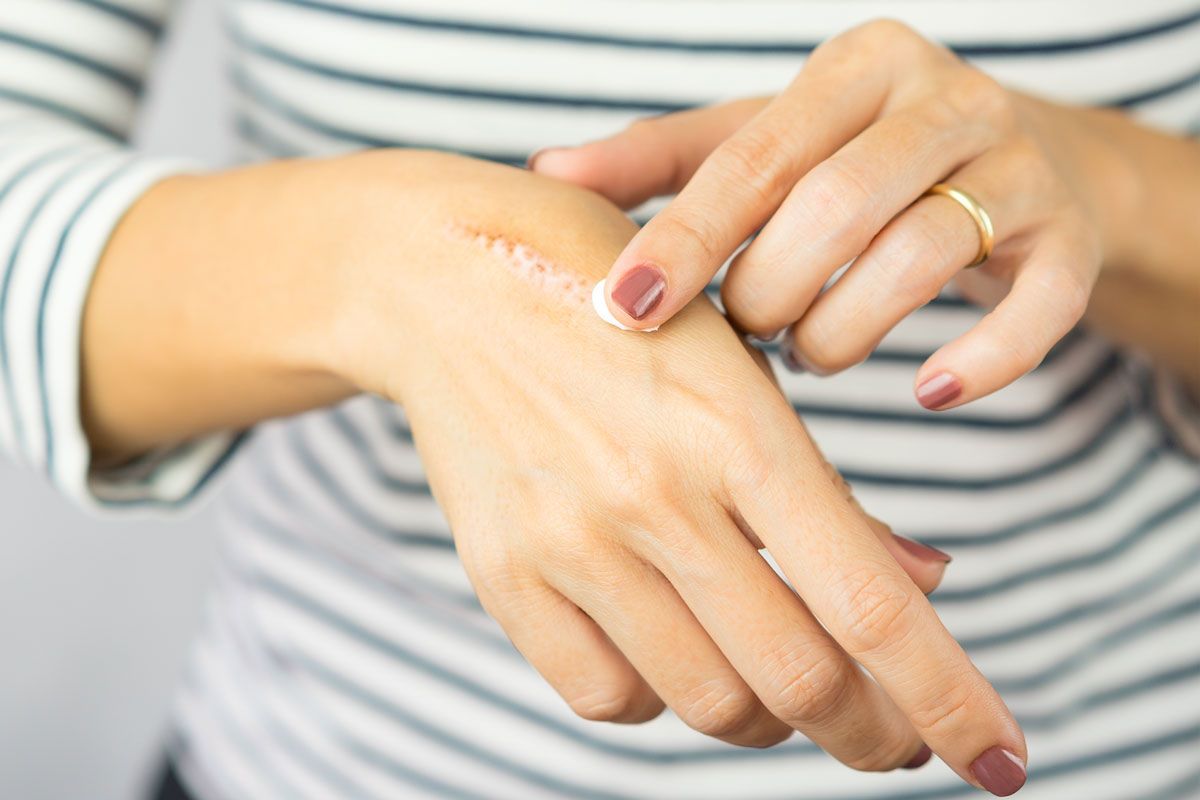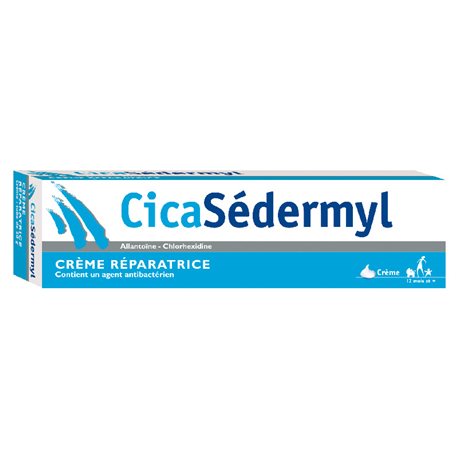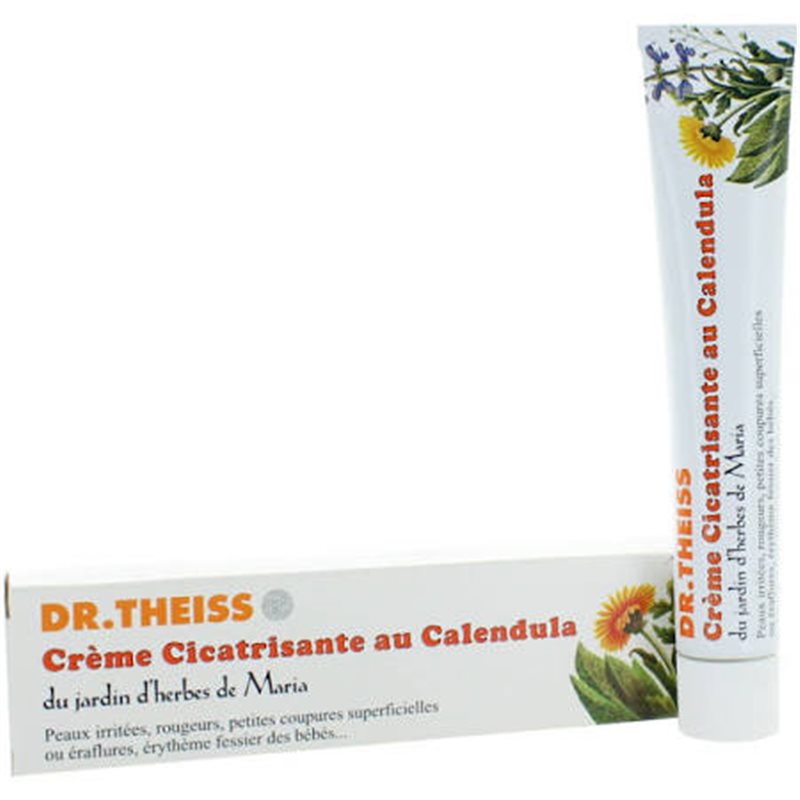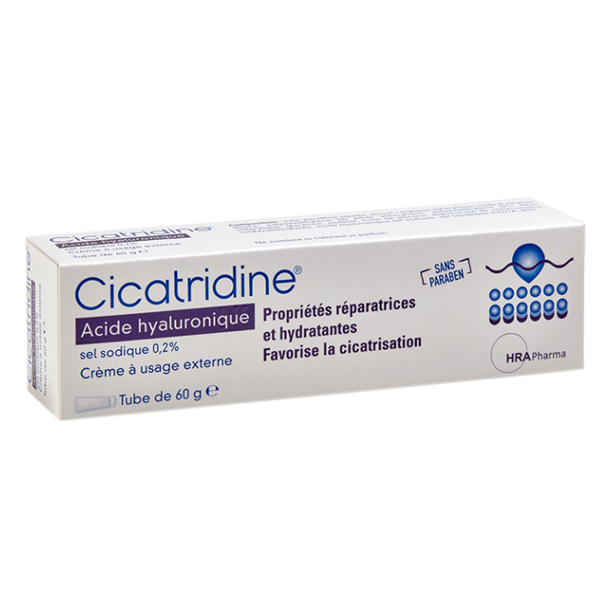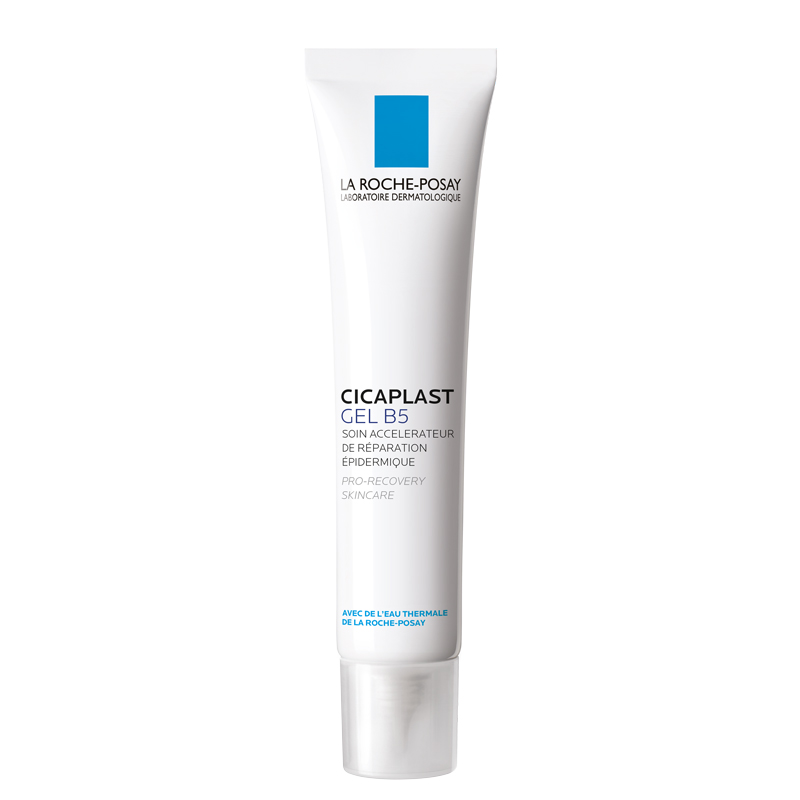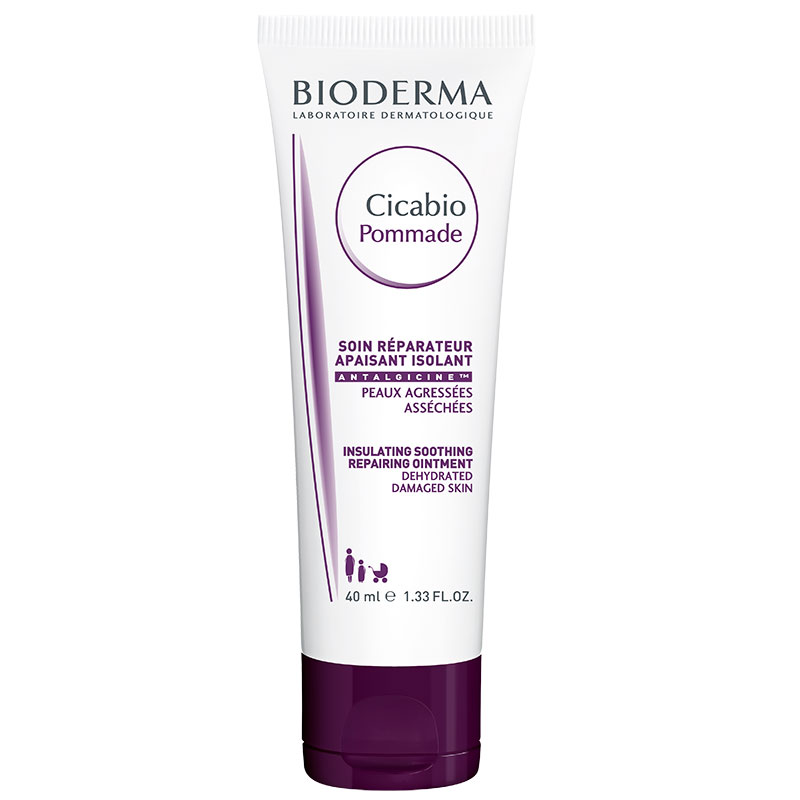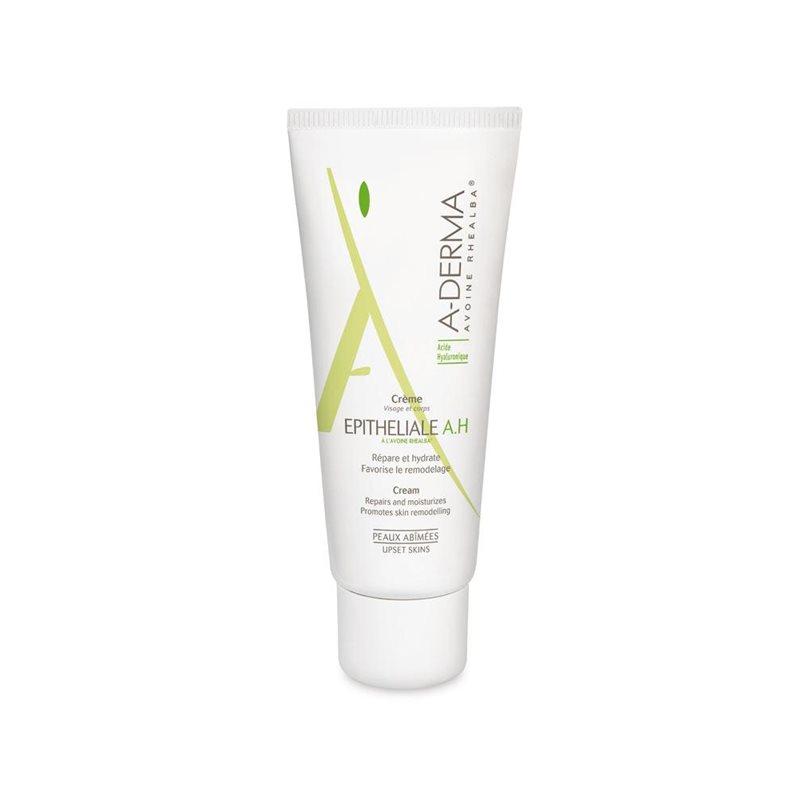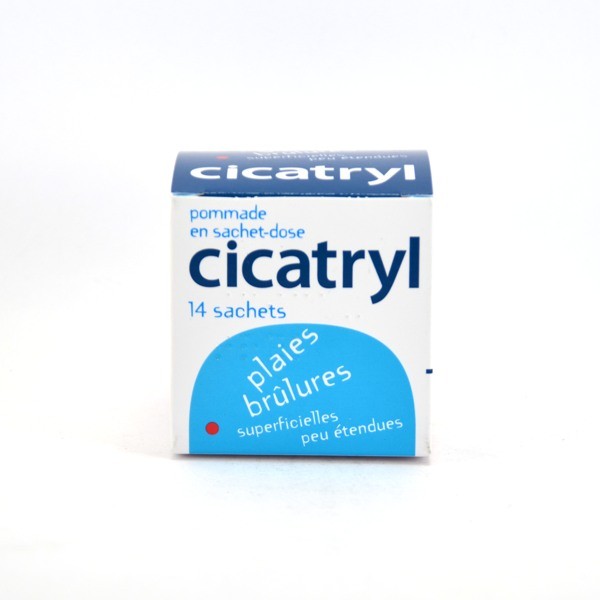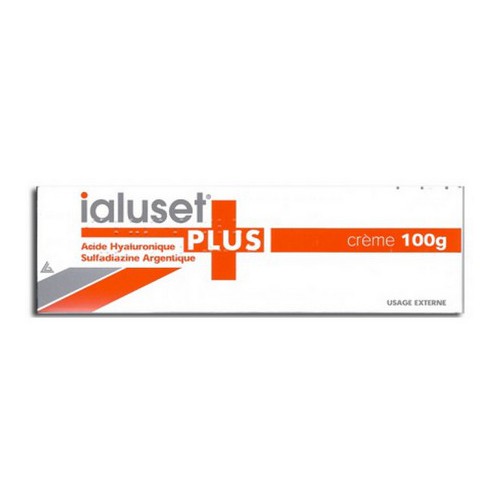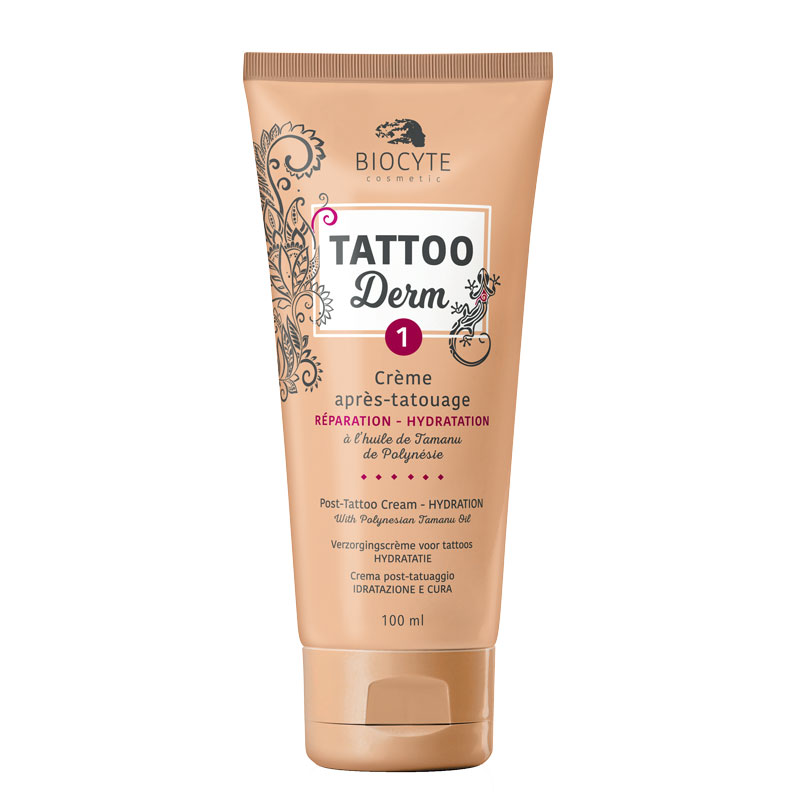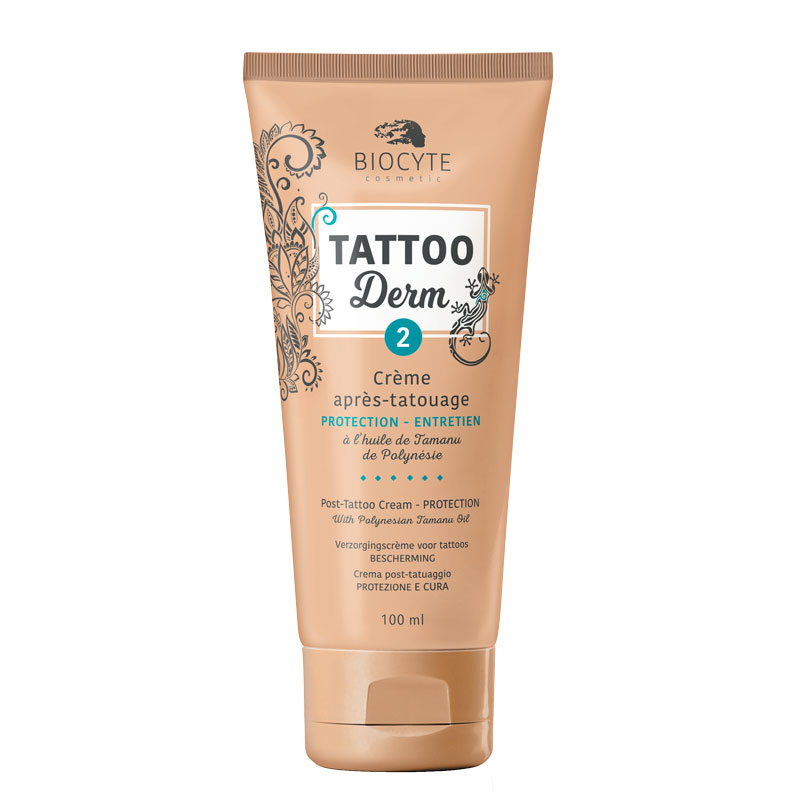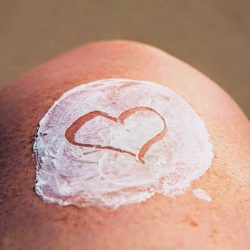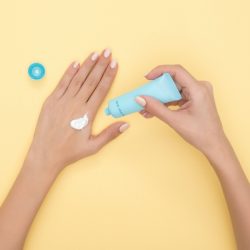Wounds, scars, lesions on the skin… Following surgery, you often need to use a healing ointment. But when you arrive at the chemist’s, with all the active ingredients available, you don’t know which healing cream to choose… To treat your scar in the most effective way, you need to select a healing ointment that is adapted to the healing phase, but also to the area of skin to be treated.
The 3 phases of skin healing
The skin insulates and protects the body from the outside environment. When a wound occurs, the body naturally sets in motion a natural biological phenomenon: healing.
This is a complex repair process during which the body must stop the haemorrhage, protect, cleanse and close the wound. The damaged tissue must be reconstituted as closely as possible to the original tissue.
Healing an acute wound, whether traumatic or surgical, is in fact healing. After an injury to the skin, wound healing will therefore initiate a process of tissue repair and regeneration. This is a natural dynamic process that goes through different phases. The correct development of each phase is essential to ensure the formation of a quality scar that does not impair the function or aesthetic appearance of the injured site.
Healing takes place in 3 successive phases, characterised by specific cellular activities, which advance the repair process according to precise, interlocking chronological sequences.
The first stage of skin healing (2 to 4 days) :
The early vascular and inflammatory phase, also known as the detersion phase or the exudative phase for wound detersion. It is during this first phase that certain immune cells, including antibodies, will absorb and destroy the tissue attacked by the lesion.
The second stage of healing (10 to 15 days):
The budding phase, which corresponds to the proliferative phase with the development of granulation tissue. This tissue fills the loss of substance with new tissue thanks to neoangiogenesis and cell proliferation. The budding phase continues until epithelialisation (or re-epidermisation).
The third stage (2 months to 2 years):
Collagen and elastin fibres strengthen to give the epidermis back its structure. The vascular network will also organise itself to return to a “normal” state. As a result, the skin’s resistance and elasticity increase, making it firmer. The healed area remains fragile for 2 years, the time it takes for the skin to regain its balance.
What can be done to heal the wound properly?
The outermost layer of the skin is called the epidermis. It acts as a barrier, is constantly being renewed and is easily repaired. The wound healing process varies from one person to another and from one injury to another. Scars are the result of a normal skin healing process and their appearance depends on the type of skin and the extent and depth of the wound.
Cleanse the skin to promote healing:
- To speed up the healing of a wound, clean it thoroughly with soap and water or physiological saline and disinfect it just once with antiseptic, but not with alcohol, which is too irritating, or with eosin, which has no antiseptic power and whose red colour risks masking any complications.
- When the wound is dry, you can cover it with a loose bandage to protect it from infection. Change it every day and when it gets wet. Remember this particularly if you are going to be out in the sun.
Apply a healing cream to the skin:
- The quicker you intervene, the quicker the skin will return to normal.
- Applying a healing cream twice a day will shorten the healing time and help to fade scars more quickly.
- But while some wounds can be treated without medical intervention, others need to be seen by a doctor straight away, such as wounds more than 6 cm deep, wounds requiring stitches, or when bleeding is uncontrollable.
Massage with a repair cream to prevent scabs forming:
When a scab forms, don’t try to remove it, but soften it so that it falls off on its own. We recommend using a repair cream, such as Flamigel Repair Gel, to prevent the formation of scabs and help dry and moist wounds heal.
Choosing a healing cream from a chemist to remove scars from your skin
Using a healing cream has many benefits for the whole family. Treating a graze so that it heals more quickly, speeding up the healing of all the little everyday skin lesions: that’s its mission. Some creams are also antibacterial to prevent wounds from becoming infected.
To optimise healing, you need to choose skin care products that are adapted to the different stages of the wound‘s development. These products can take the form of healing gels, balms, creams or ointments. The first step is to use copper- and zinc-based products with antibacterial properties to keep wound infection to a minimum. When healing is more advanced, you can turn to repairing, soothing and nourishing skin care products that will take care of the new tissue. Anti-itching skin care products can also help relieve the urge to scratch, which is a barrier to good healing.
- Healing creams help heal small wounds, soothe irritation and repair the skin in the event of burns, for example.
- Healing creams are used in the case of small scars or minor irritations.
- For best results, however, the healing cream or ointment should be applied regularly, massaging gently into the scar tissue.
- Healing creams, on the other hand, are not intended for daily use: use Healing Repair Cream occasionally.
Different healing creams for different types of scar
We need to distinguish between healing creams sold mainly in the parapharmacy section, which are therefore considered to be dermo-cosmetic. And those prescribed directly by a doctor after an operation, which are in fact medicines sold in pharmacies.
- Deep, recent scars (less than six months old): minor and major surgery, wounds, etc. In these areas, the thinner, less supple skin burns quickly under the effect of UV rays. In addition to the risk of hyperpigmentation, there may be tightness and other sensations of discomfort.
- Superficial scars: a simple scratch or mosquito bite that has been scratched causes inflammation of the epidermis and therefore possible hyperpigmentation. This is also the case with acne. Unprotected, scars from pimples that are still red or pink will almost always leave brown marks.
Healing creams for small lesions (scabs, skin irritation, chapping, burns, cuts, abrasions, scratches):
The aim of healing creams is not to replace the natural healing of small lesions, but to speed up the process. They do, however, enable the skin to regain a smoother appearance as quickly as possible.
|
|
Cooper Cicadermyl Repair Healing Cream is recommended for healing and repairing the skin. This cream contains chlorhexidine, an antibacterial agent. It is an adjunctive treatment that can also temporarily reduce the quantity of micro-organisms present in a wound that is likely to become infected. |
|
|
Dr Theiss Calendula Healing Cream is essential for speeding up the healing of all minor injuries (redness, scratches, small cuts, irritated skin, etc.), as well as babies’ diaper rash. |
|
|
Cicatridine cream is a hyaluronic acid-based repair and moisturising cream for external use, which helps the skin heal in the face of everyday aggressions: dry skin, scabs, skin irritation, chapping, burns, cuts, scrapes and scratches. |
Healing cream for the face and acne:
For everyday irritations, minor cuts and scrapes, Cicalfate, Cicaplast B5, Cicabio and Epithéliale creams effectively repair the skin.
|
|
Cicaplast Healing Cream, an accelerator of epidermal repair, is indicated in cases of epidermal damage: skin irritations, chapped skin, the after-effects of dermatological procedures, etc. Cicaplast accelerates the reconstruction of the cutaneous barrier. |
|
|
Cicabio Bioderma Healing Ointment promotes the repair of damaged and dry skin by acting at each stage of the biological process of epidermal reconstruction, while controlling potential skin disorders. |
|
|
A-Derma face and body cream is specially formulated to help repair damaged skin thanks to a combination of total Rhealba Oat extract (anti-irritant, softening) and hyaluronic acid. |
Healing cream following surgery:
|
|
Cicatryl ointment is used for the local treatment of minor superficial wounds and burns.However, be aware of the presence of two excipients with notorious effects (E 2016 and E 218) which may cause contact eczema. Ask your doctor for advice before use. |
|
|
Ialuset Plus healing cream heals burns and infected wounds, and dermatological conditions that are primarily bacterial or liable to superinfection. |
Healing cream following a tattoo :
Tattoo healing is a long process. For the first 10 days, the skin is “raw”. It will need rigorous care several times a day with specially formulated products. After this stage, however, you’ll need to continue taking care of it to keep your skin hydrated. During the healing period, however, your epidermis will eliminate a small amount of ink on its own. Discover the biocyte tattoo derm routine to take care of your tattoo and your skin:
|
|
After a tattoo, you need to take care of your skin very quickly, following the first tattoo washes. Post-tattoo healing cream soothes feelings of tightness, moisturises the skin intensely and protects it. |
|
|
Biocyte’s Tatto Derm 2 ointment has been specially developed to keep your tattoo looking its best for longer. |
And don’t forget to protect your scars from the sun with Bioderma Cicabio Cream SPF 50 30 ml Anti-Spot Cream, a very high sun protection cream for damaged skin and scars following dermatological procedures. It is mainly used on the face and body.
For more information on which anti-scar cream to use on your skin, don’t hesitate to ask your expert pharmacist for advice using our secure form.

